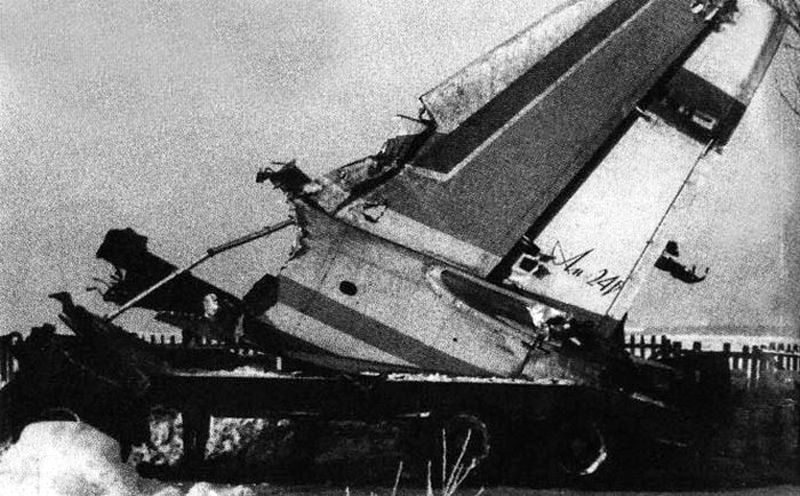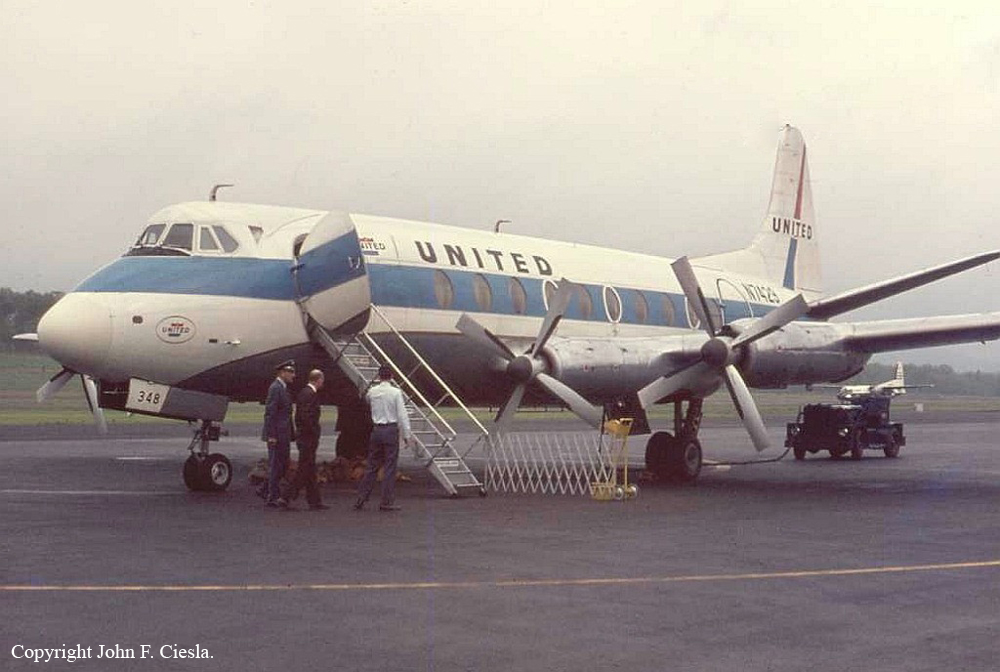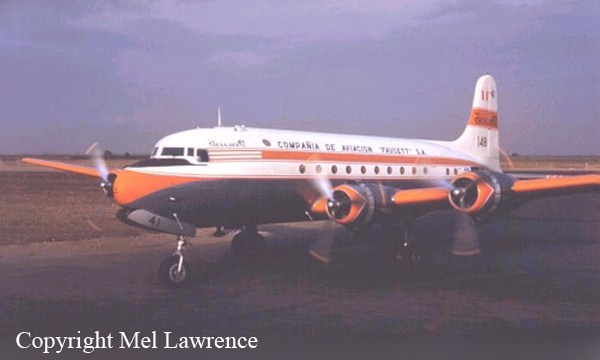Crash of a Beechcraft E18S in San Diego: 3 killed
Date & Time:
Jan 8, 1968 at 1040 LT
Registration:
N82B
Survivors:
Yes
MSN:
BA-149
YOM:
1956
Crew on board:
1
Crew fatalities:
Pax on board:
3
Pax fatalities:
Other fatalities:
Total fatalities:
3
Captain / Total hours on type:
477.00
Circumstances:
Shortly after takeoff from Lindbergh Field, while climbing at a height of 50 feet, the pilot made a sharp turn when the aircraft stalled and crashed ion flames. A passenger was seriously injured while three other occupants were killed.
Probable cause:
Engine failure after rotation caused by a cracked shroud on the third stage stator assembly due to fatigue fracture. The pilot used minimum runway length for takeoff and minimum takeoff speed.
Final Report:








